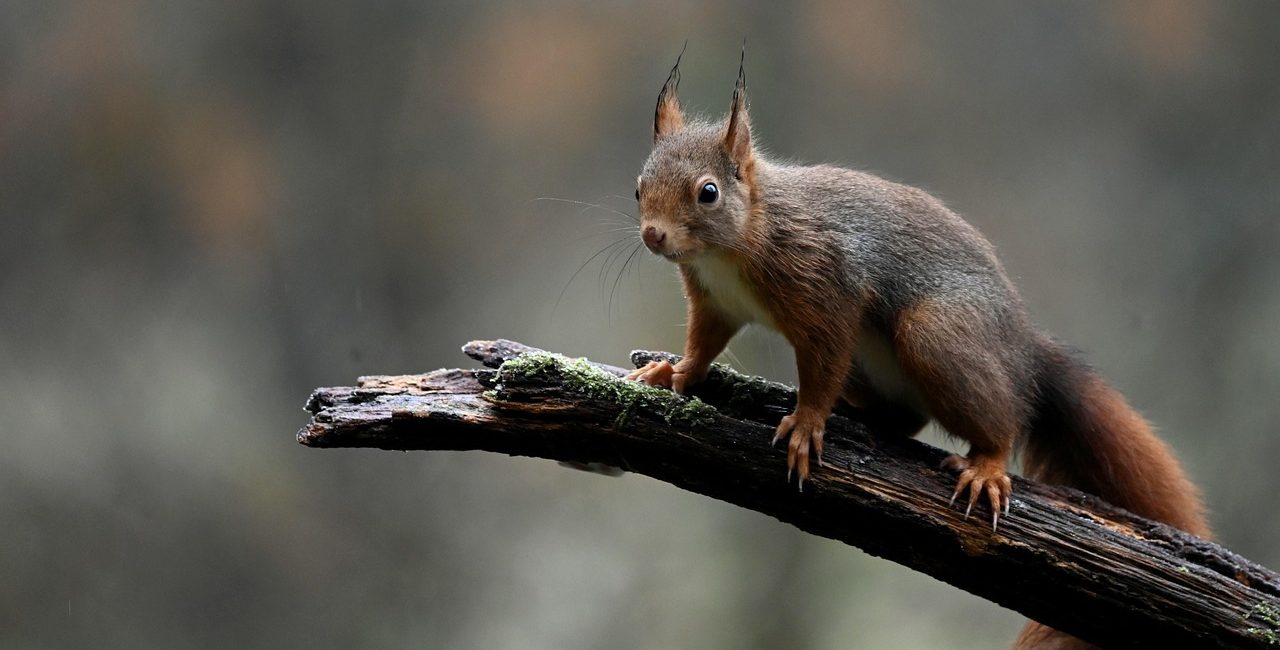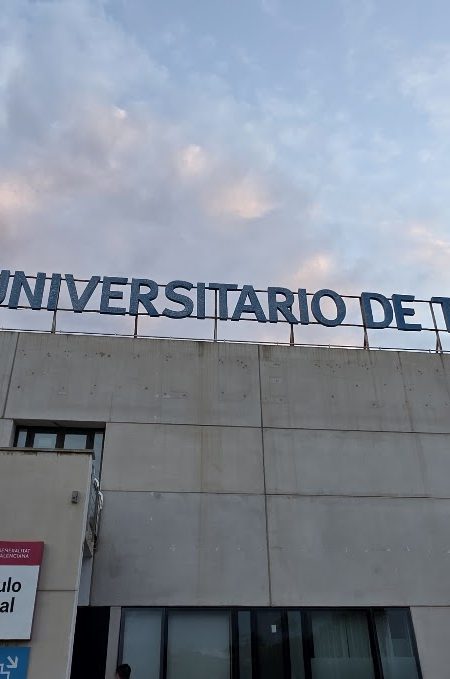The Ministry of Environment, Universities, Research, and Mar Menor have established a new scientific project to monitor and investigate the ecological importance of the red squirrel (Sciurus vulgaris hoffmani) in Sierra Espuña Regional Park.
This is an unparalleled monitoring initiative in Murcia, with a focus on a unique subspecies in the Iberian Peninsula. It aims to improve our understanding of this species and how it contributes to the balance of the forest environment.
This research will shed light on the role of red squirrels in the food chain and their impact on the diet and abundance of birds of prey and carnivorous mammals in Sierra Espuña.
Although red squirrels are a common prey for species like the booted eagle, there is no quantitative evidence on their significance in the food balance of Sierra Espuña. This study will contribute to scientific understanding by monitoring its population and determining how its presence impacts other species in the forest.
The Sierra Espuña red squirrel holds significant scientific value. The subspecies S. v. hoffmani, described by naturalist José Antonio Valverde in 1967, has genetic differences from other Iberian populations, emphasising the importance of taking specialised conservation measures.
The study will take place in three locations of the park: Huerta Espuña, La Carrasca, and La Perdiz, each representing a different forest environment. In each plot, which is approximately four hectares in size, a combined methodology of live trapping, capture, and microchip marking will be used, as well as the installation of video traps that will run continuously throughout the study. Biological samples will be gathered to analyse the population’s health and genetic status.
Simultaneously, a complete investigation of the habitat will be done, with a focus on food availability—primarily pine nuts—as well as forest environment factors such as tree density and closeness to water sources. This information will help us to identify trends of population abundance in connection to environmental variables.
Basis for Future Actions
The research, which will run from 2025 to 2026, will provide the groundwork for long-term surveillance and the establishment of a DNA bank to help preserve this unique subspecies. In addition, educational materials are being developed to help the Murcian public realise the importance of this little pine forest dweller.
This initiative is part of the Master Plan for the Use and Management of the Sierra Espuña Regional Park and reinforces the regional strategy for active biodiversity conservation. It focusses on using scientific methodologies and applying results to improve protected area management.
The project’s total investment is €14,520, with 60% co-financed by European ERDF funds and 40% by the Autonomous Community’s own finances. This project maintains the regional government’s commitment to the active conservation of Murcia’s biodiversity by utilising scientific criteria, new approaches, and continuous monitoring tools to improve decision-making in the administration of protected natural areas.









No Comment! Be the first one.